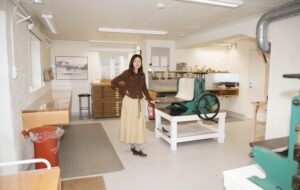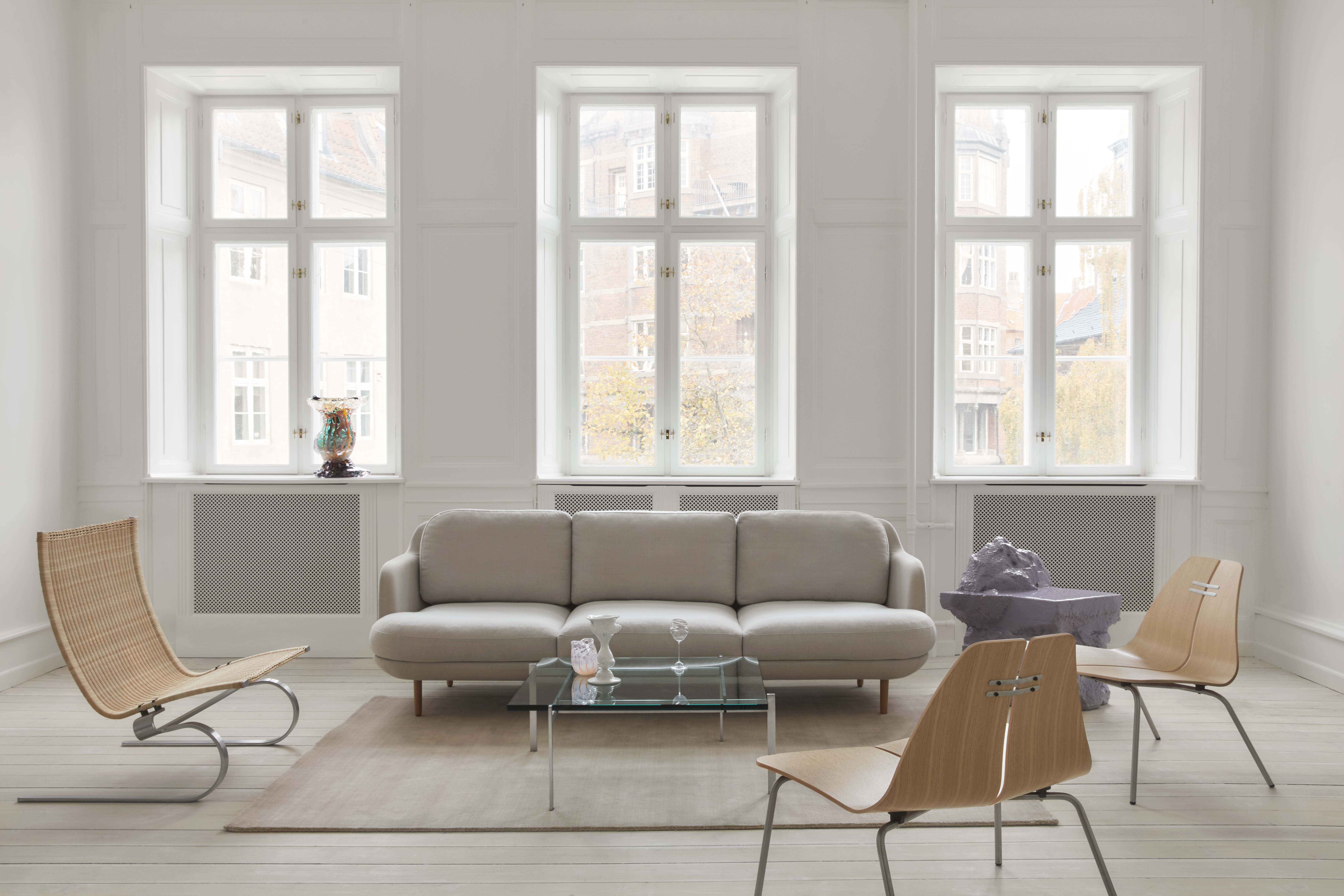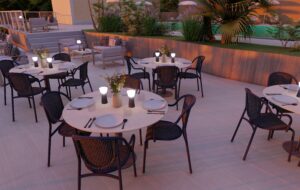A new museum in a series of large-scale brick vaults celebrates the Chinese city’s long history of pottery production
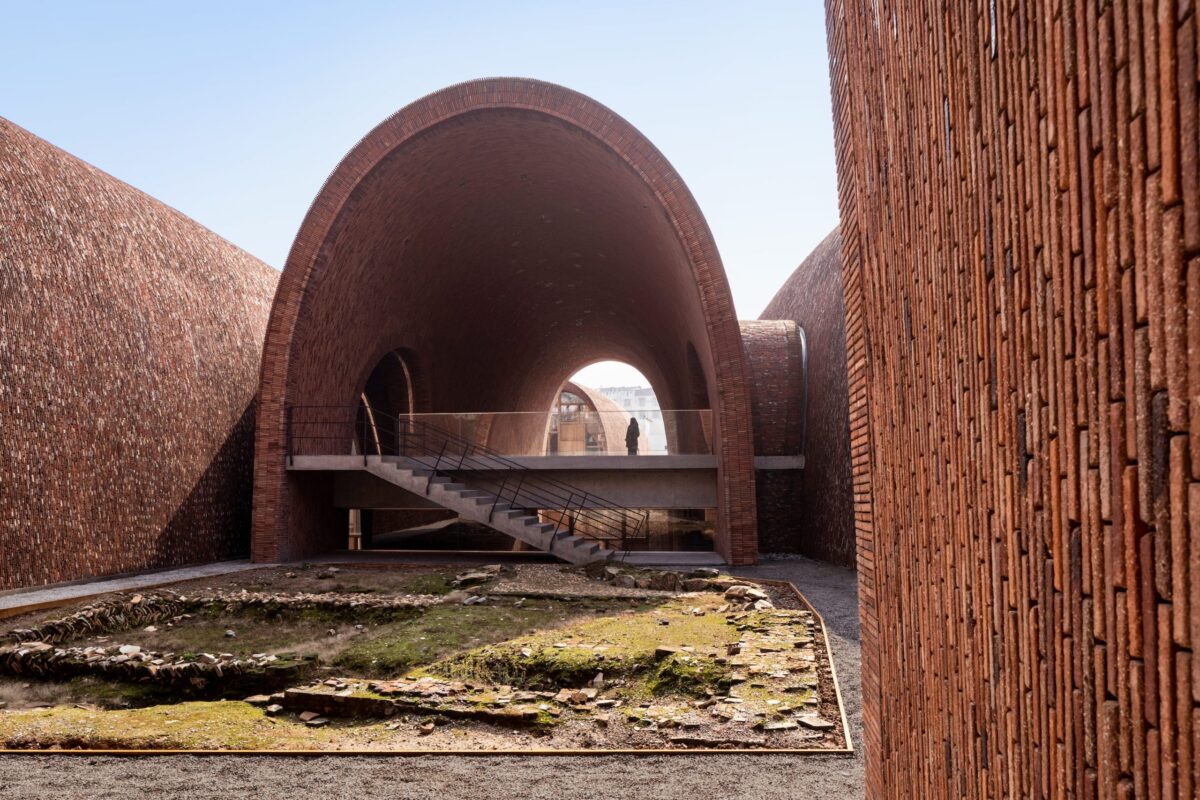
The city of Jingdezhen, in China’s Jiangxi province, is known as the world’s ‘porcelain capital’, having produced pottery for 1,700 years. It the largest centre of production of Chinese porcelain; from the Ming period onwards, official kilns in Jingdezhen were controlled by the emperor and known as the Imperial Kilns – though these have since been destroyed.
Now, a new museum designed by Beijing-based Studio Zhu-Pei has arrived in the city, adjacent to the ruins of the primary Imperial Kiln site and dedicated to celebrating the history of pottery production in Jingdezhen. The 10,370 sq m museum, named the Jingdezhen Imperial Kiln Museum, comprises a series of striking red brick vaults recalling the form of traditional kilns.
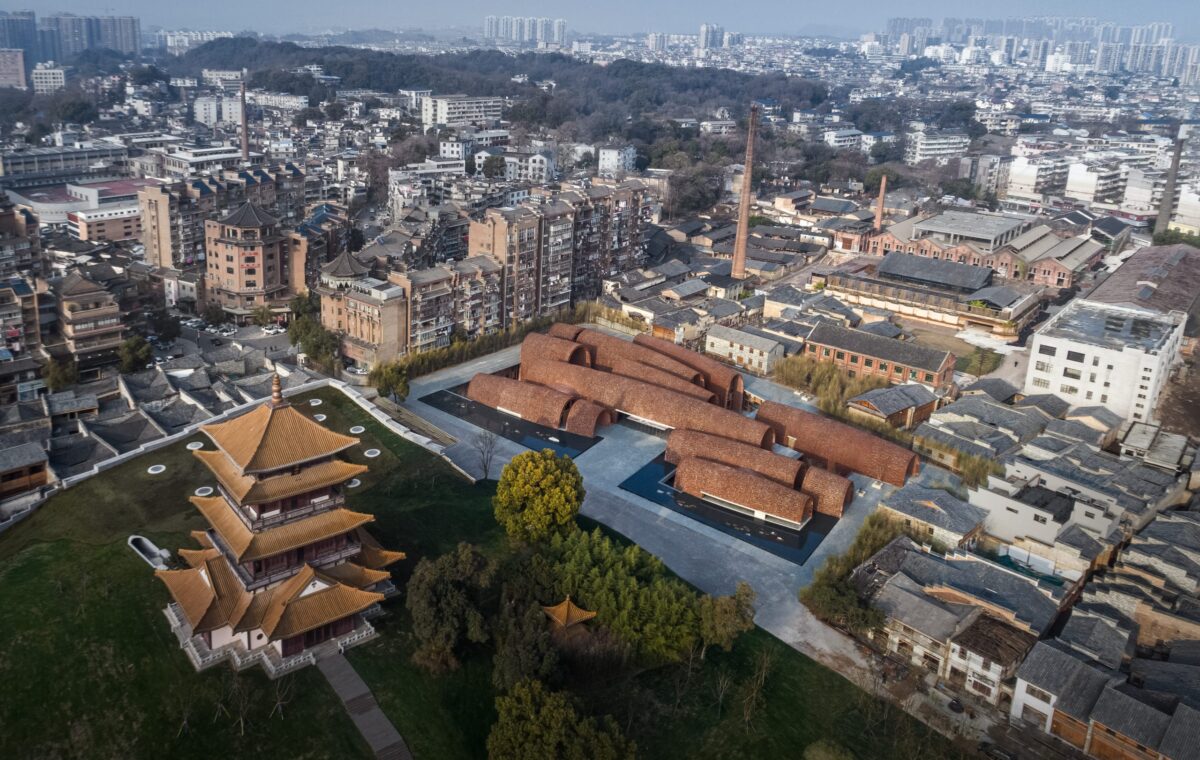
The vaulted structures – which were carefully arranged on site around existing ruins – are of different sizes, curvatures and lengths. They descend underground, creating a multi-level experience for visitors and maximising space without impacting the building heights of the surrounding historic context. The landscaping and layout of the museum creates a series of public spaces at street level also, leading past water pools and across cantilevered bridges.
The museum comprises cavernous, vaulted exhibition spaces, as well as quiet sunken courtyards and a bookstore, cafe, and tea room. The five sunken courtyards have five different themes – gold, wood, water, fire and soil – which reference both traditional Chinese thinking about the earth and porcelain making techniques. Some of the courtyards contain ruins of ancient kilns.
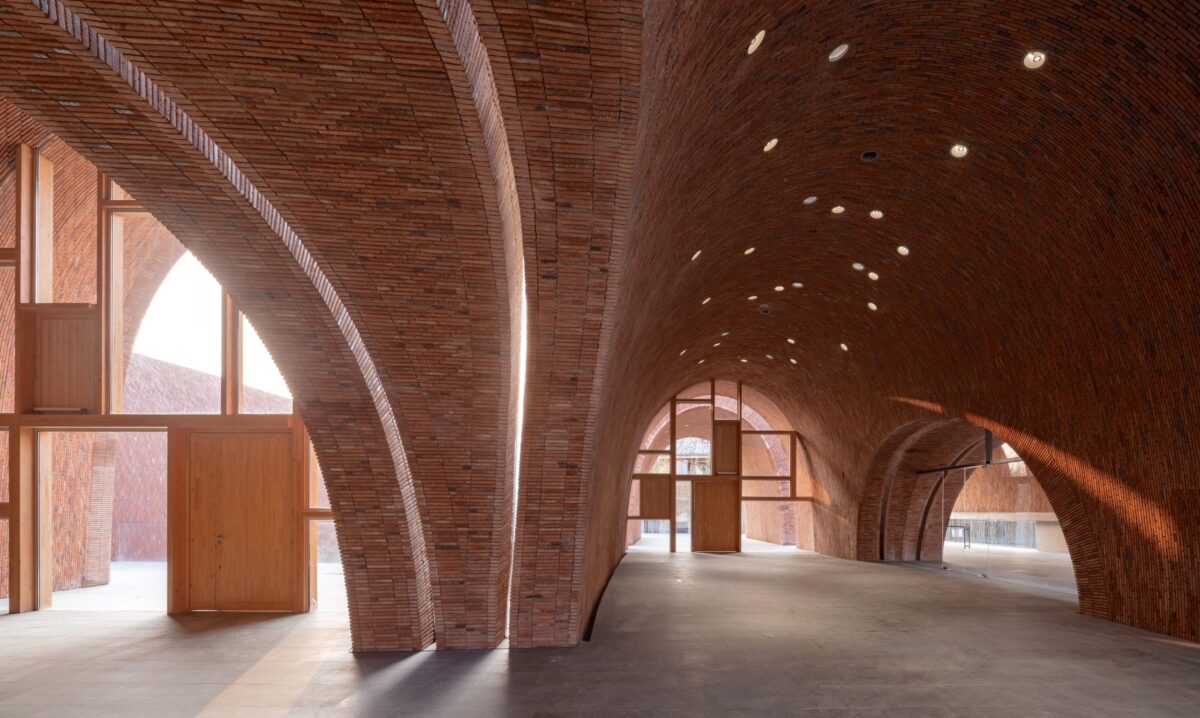
The museum’s arched structures are made of concrete poured between two layers of brick. A mix of recycled old kiln bricks and new bricks were used for the project, in order to reflect the local culture of construction.
Using recycled kiln bricks to construct buildings is typical in Jingdezhen, because brick kilns have to be demolished every two or three years in order to maintain a certain thermal performance of the kilns. ‘The entire city was covered by recycled kiln bricks,’ says Zhu Pei. ‘Those bricks record a warmth, inseparable from the lifeblood of the city.’
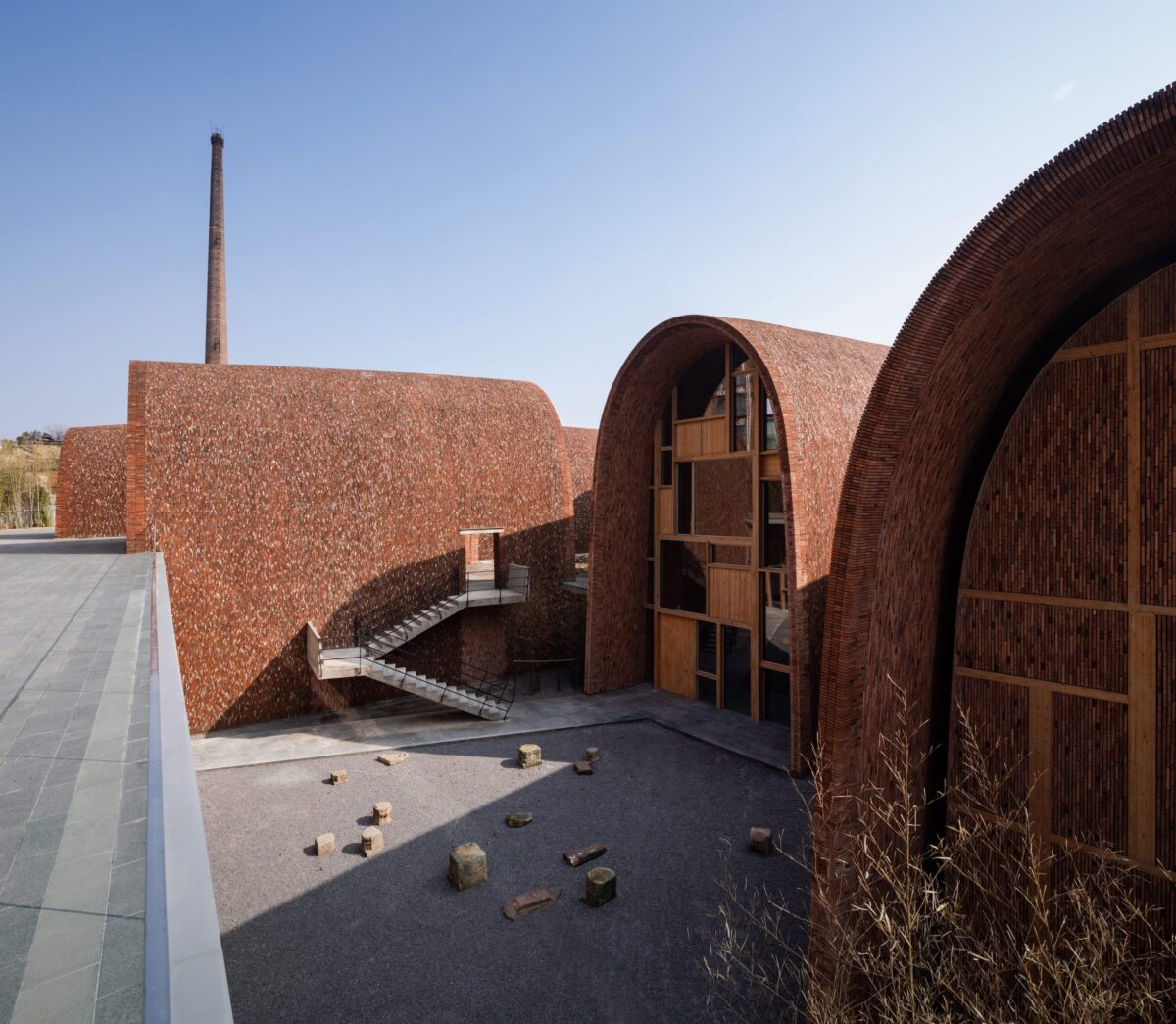
Narrow cylindrical skylights are inserted at the top of some of the arches – providing natural light at day and artificial light at night – which are inspired by the smoke holes at the top of ancient brick kilns. The ends of the arched structures are either open to the elements or glazed to create well-lit interior spaces.
Studio Zhu-Pei is known for its large-scale cultural projects across China, including the OCT Design Museum in Shenzhen (2012), Minsheng Museum of Modern Art in Beijing (2015) and the Shou County Culture and Art Centre in Anhui (2019).
All photographs ©schranimage




